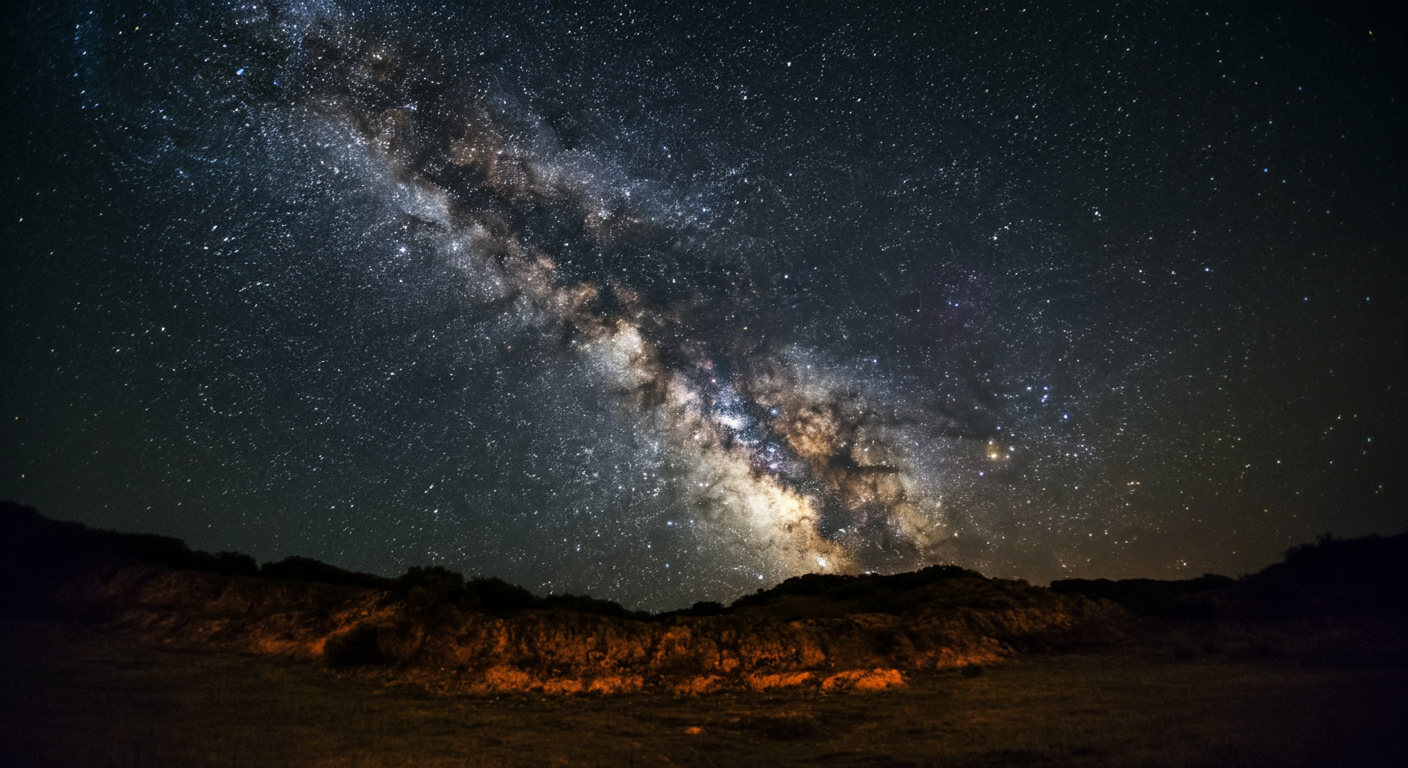
Çatalhöyük
~7500 to 5700 BCE, Central Anatolia
Before streets, before kings, before borders, there was Çatalhöyük.
Thousands of years before the first known city-states, the people of Çatalhöyük built a dense, sprawling community with no temples, no palaces, and no roads. Homes were built wall to wall, their doors on the rooftops, entered by ladder through the ceiling. To walk through town, you walked across the roofs. This was a city of equals, or so it seems, humming with ritual and daily life woven together.
What They Built
- Flat-roofed mudbrick houses, stacked tightly without streets
- Wall murals, painted leopards, vultures, geometric forms
- Burials beneath the floors of homes, ancestors living within the living
- Figurines of seated goddesses with leopards, symbols of fertility and power
Technology and Tools
- Bone and obsidian tools for harvesting and hunting
- Simple pottery and baskets for storage
- Plastering and painting techniques for symbolic interior decoration
Warfare?
There are no signs of war or hierarchy. No weapons caches, no defensive walls, no kings. Power may have been spiritual or communal, shaped through shared ritual and kinship memory.
Agriculture?
Yes. They cultivated wheat, barley, peas, and lentils. They raised sheep and goats. But they still hunted red deer and aurochs, bridging the wild and the domestic. Agriculture was not the end of mystery, it was a partnership with the land.
Invite Çatalhöyük in for Tea
It might sit cross-legged on the rooftop, warm bread in hand, ash on its palms. It would not speak of kings or conquest. It would speak of community, of shared meals, of death as neighbor not enemy.
Ask it,
“What does it mean to live beside the sacred?”
“What stories are painted on the walls of your daily life?”
“Can a home be a temple?”
Çatalhöyük whispers from beneath its own floorboards, inviting us to imagine civilization without domination, art without ego, and life braided with reverence.
“You do not need to rise above to live with grace.
Sometimes the sacred is waiting beneath your feet.”

